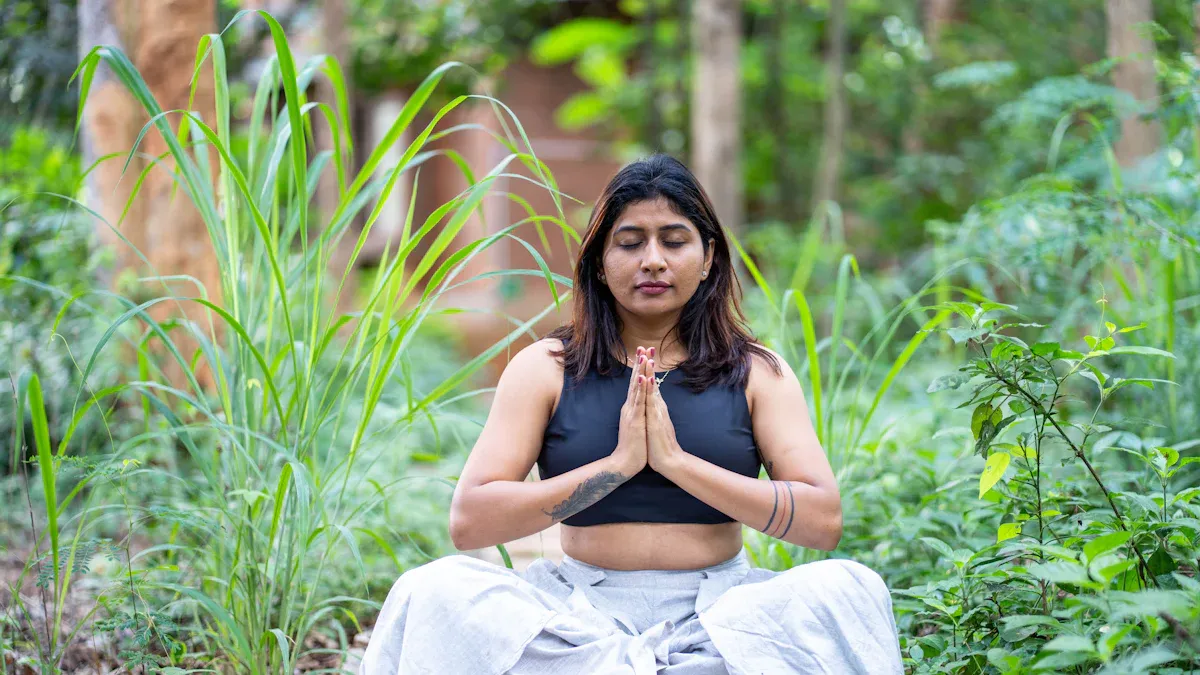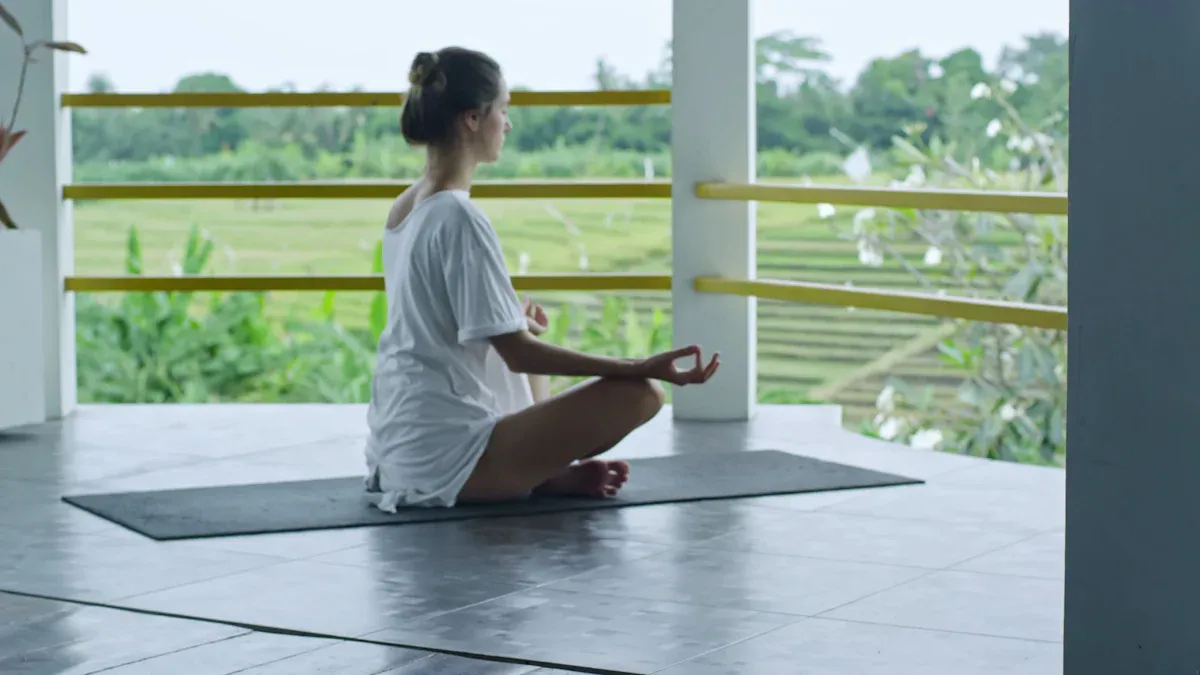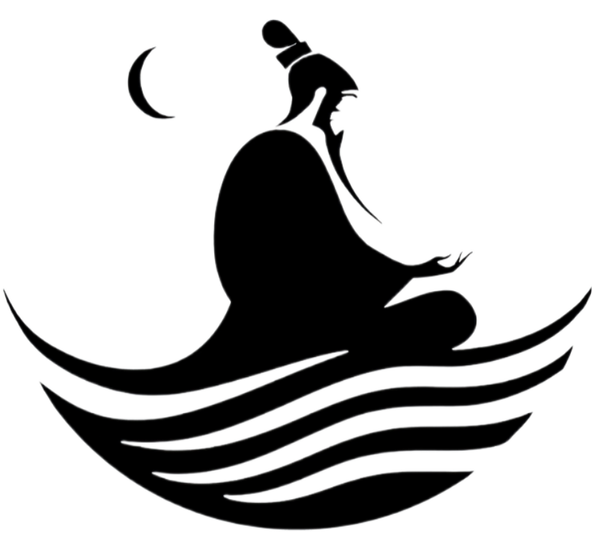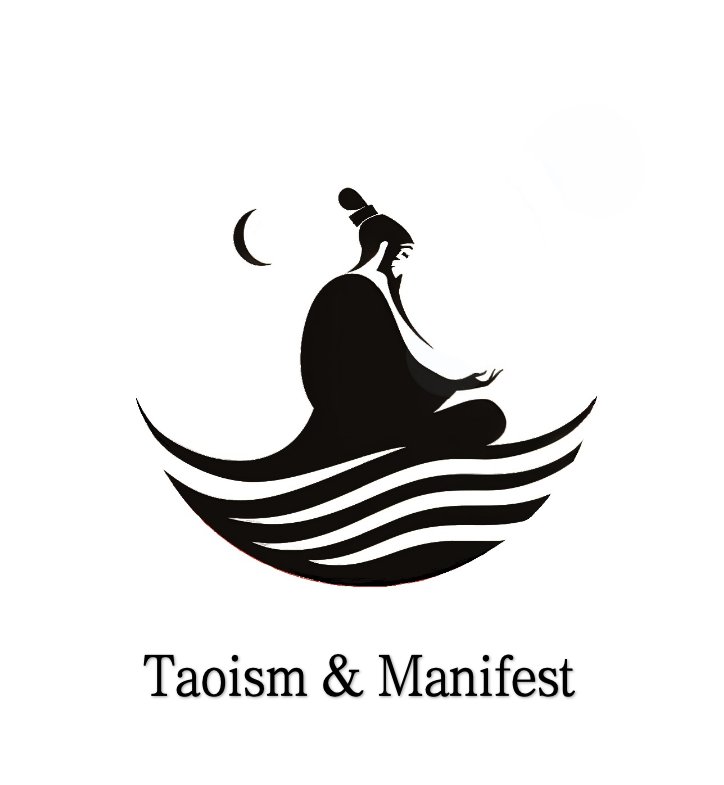
You can find inner peace quickly by practicing Taoism meditation outdoors. Taoism teaches you to relax and let go, helping you feel calm while immersed in nature. When you meditate with Taoism, you focus on your breath, the surrounding sounds, and the sensation of the ground beneath you. Many people experience genuine peace and emotional calm through Taoism meditation in natural settings. Taoism encourages you to observe things effortlessly, follow the Tao, and embrace wu wei, which means acting without force or struggle. Research shows that Taoism meditation outside promotes deep tranquility, reduces anxiety, and fosters a sense of inner safety. All you need is a quiet spot in nature to begin experiencing the peaceful flow of Taoism.
Key Takeaways
Pick a quiet place outside in nature to do Taoist meditation. This helps you feel close to nature. Focus on your breathing and what you can sense. Let your thoughts come and go without trying to control them. This follows the Wu Wei idea of not forcing things. Try grounding by noticing the ground under you. Use the 54321 sensory exercise to help you stay calm and aware. Make meditation a habit by starting with short times. Bring Taoist mindfulness into things you do every day. Believe in yourself and let life flow naturally. This will help you find peace and balance with Taoism.
Taoism and Nature

Taoism Basics
You can find the heart of Taoism in its deep respect for nature. Taoism teaches that you are a small part of a much larger world. The Tao, or the Way, is the natural flow that guides everything. When you follow the Tao, you start living in harmony with nature. This means you accept the changes around you and see yourself as connected to all living things. The yin-yang symbol shows how opposites in nature, like light and dark or day and night, work together in balance. Taoism encourages you to live simply and care for the world around you. By living in harmony with nature, you help create peace for yourself and others.
Wu Wei Principle
Wu Wei is a key idea in Taoism. It means "effortless action" or "non-action." You do not force things to happen. Instead, you let your actions flow naturally, just like a river moves without pushing. The Tao Te Ching says, "The Tao abides in non-action but there is nothing it does not do." When you practice Wu Wei, you stop trying to control everything. You act with the Tao, not against it. In meditation, Wu Wei helps you relax and let go of stress. You focus on your breath and allow thoughts to come and go. Embracing Wu Wei means you trust the natural order and find harmony within yourself.
Connect with Nature
When you meditate outdoors, you connect with nature in a special way. You feel the ground, hear the wind, and notice the life around you. This connection brings a sense of peace and belonging. People who connect with nature feel happier and less stressed. Nature helps your mind rest and recover. By living in harmony with nature, you support your well-being and find balance. Meditation in nature lets you practice Wu Wei, letting go of worries and enjoying the present moment. Embracing Wu Wei outdoors helps you experience the Tao and discover true harmony.
Meditation Guide

Find a Spot
You begin your taoist meditation by choosing the right place outdoors. Look for a peaceful area in the forest or a quiet park. Avoid places with loud noises like traffic or barking dogs. Pick a spot that feels safe and private. You want to feel relaxed and not worry about people watching you. Try to find a place with natural beauty—trees, flowers, or a gentle stream. These elements help you connect with nature and make meditating in nature more enjoyable. Early morning or late afternoon often brings calm and soft sunlight, which supports stillness. Bring a cushion or sit on soft grass to stay comfortable. Make sure the area is free of clutter so your mind can rest. If you share the space, let others know you need quiet time. When you practice taoist meditation in a tranquil forest, you set the stage for deep awareness and relaxation.
Tip: The more you tune into your senses, the easier it becomes to settle into your chosen spot.
Ground and Settle
Once you find your spot, take a moment to ground yourself. Sit down and feel the earth beneath you. Place your hands on your knees or in your lap. Notice the support from the ground or cushion. You can even walk barefoot on the grass or soil to connect with the earth. This simple act helps your body and mind relax. Try the 54321 technique: look for five things you see, touch four things around you, listen for three sounds, notice two scents, and focus on one taste. This exercise helps you tune into your senses and brings your awareness to the present moment. You can also run your hands through cool water or feel the texture of a stone. These grounding techniques anchor your awareness and prepare you for deeper taoist meditation.
Breathe and Observe
Now, focus on your breathing. Take a slow, deep breath in through your nose. Let your belly rise. Exhale gently through your mouth. Repeat this several times. Slow, mindful breathing activates your body’s relaxation system. Try box breathing: inhale for four counts, hold for four, exhale for four, and pause for four. This method calms your mind and body. As you breathe, notice the air moving in and out. Feel the temperature and rhythm. Let your senses open to the forest around you. Hear the birds, feel the breeze, and smell the fresh air. Watching nature while you breathe helps you stay present. If your mind wanders, gently bring your awareness back to your breath and the sensations around you. Practicing taoist meditation with mindful breathing in nature deepens your sense of stillness and calm.
Note: Never force your breathing. Let it flow naturally, following the Wu Wei principle of effortless action.
Effortless Awareness
With your body relaxed and your breathing steady, begin to practice Wu Wei. Let your awareness rest gently on your breath and the world around you. Do not try to control your thoughts or force your mind to be quiet. Instead, allow thoughts to come and go like clouds drifting across the sky. Focus on your lower abdomen, the dantian, and feel your breath move in and out. Smile softly and relax your face. Imagine yourself sinking into the stillness of the forest, letting all noise fade away. Tune into your senses—notice the warmth of sunlight, the sound of leaves, and the scent of earth. This is the heart of taoist meditation: effortless awareness, where you act without struggle. Practicing Wu Wei in meditation reduces stress and anxiety, helping you find peace and balance. The more you practice taoist meditation in nature, the easier it becomes to enter this state of calm.
Close the Practice
When you feel ready to finish, bring your awareness back to your body. Rub your palms together to create warmth. Place your hands over your lower abdomen. Take a few slow breaths and notice the energy in your body. Thank the forest and nature for supporting your meditation. This closing ritual helps you carry the calm and clarity from your taoist meditation into daily life. Practicing Wu Wei even as you end your session helps you stay relaxed and open. Make this closing a habit to integrate the benefits of meditation and mindfulness into everything you do.
Tip: Reflect for a moment on how you feel. Carry this sense of stillness and awareness with you as you return to your day.
Inner Peace in Nature
Overcome Distractions
You may notice distractions when you practice forest bathing or meditation outdoors. Sounds from the forest, like birds or rustling leaves, can pull your attention away from inner peace. Sometimes, you hear traffic or people talking. Your mind may wander, or you might feel physical discomfort. These distractions are normal. You can handle them by gently bringing your awareness back to your breathing. Try naming your thoughts or feelings as they come up, then let them drift away like clouds over the forest. If you feel restless, adjust your posture or use a cushion. Accept that distractions happen and use them as reminders to return to your breathing and the calm of nature. This approach helps you find harmony and peace even when the forest is lively.
Stay Comfortable
Comfort supports your inner peace and harmony during forest bathing and meditation. Choose a quiet spot in the forest with soft grass or bring a cushion. Dress for the weather so you stay warm or cool. If the sun is bright, find shade under a tree. Use a blanket or mat to sit on. Listen to the sounds of nature and let them guide your breathing. If you feel discomfort, shift your position or take a short walk before returning to stillness. Focus on your breathing and the gentle touch of the breeze. This helps you stay calm and enjoy the peace and harmony of the forest.
Tip: Use all your senses—notice the scent of the forest, the feel of the air, and the colors around you. This deepens your awareness and brings more inner peace.
Make It a Habit
You build lasting inner peace by making forest bathing and meditation a regular part of your life. Start with short sessions in the forest, focusing on breathing and awareness. Pair your practice with daily routines, like a morning walk or a quiet moment after school. Track your progress in a journal. If you miss a day, return to your practice without guilt. Over time, you will notice more calm, harmony, and peace in your life. Regular meditation in nature supports your mental and physical health, helping you carry inner peace from the forest into every day.
Taoism Everyday
Simple Practices
You can bring taoism into your daily life with simple habits. These practices help you find inner peace and harmony, even when you are not in the forest. Taoism teaches you to live in the present and move with the natural flow of the tao. You do not need to wait for a special moment to practice taoist meditation. Try these easy steps each day:
Start your morning with a short taoist meditation. Sit quietly, close your eyes, and focus on your breathing. Let your mind wake up slowly, just like the forest at dawn.
Practice conscious breathing throughout the day. Take slow, deep breaths when you feel stressed. This helps you return to calm and balance.
Move your body gently. Try tai chi or qigong in the morning. These movements help your energy flow and bring harmony to your mind and body.
Enjoy a mindful tea ritual. Sip your tea slowly and notice the taste, the warmth, and the scent. This brings you back to the present, just like forest bathing.
Reflect on what you are grateful for. Spend a few minutes thinking about the good things in your life. Gratitude helps you feel peace and inner harmony.
Set a daily purpose, but stay flexible. Write down one or two goals. Let them guide you, but do not force anything. This follows the Wu Wei principle of effortless action.
These simple habits connect you to the tao and make inner peace a natural part of your day. You can practice them anywhere, not just during forest bathing or taoist meditation.
Self-Belief and Calm
Taoism teaches you to trust yourself and accept who you are. When you believe in your own strength, you find inner peace and calm. The tao shows you that you are already whole, just like the forest is complete in every season. You do not need to change yourself to find harmony. Instead, let go of worries and trust the natural flow of life.
Taoist meditation and forest bathing help you see your true nature. When you sit quietly in the forest, you feel connected to everything around you. This connection brings peace and inner harmony. You learn to accept your feelings and thoughts without judgment. Self-love grows when you treat yourself with kindness and patience.
Research shows that self-belief and self-love improve meditation outcomes. When you practice taoist meditation with a gentle heart, your mind becomes calm and clear. You feel less stress and more joy. The forest supports you, reminding you that you belong to the tao and the world around you.
Tip: Each time you practice forest bathing or taoist meditation, remind yourself that you are enough. Trust in your own path and let the tao guide you to lasting inner peace.
You can find inner peace with taoism by meditating in the forest. Taoism teaches you to follow nature’s patterns and enjoy forest bathing. Meditating in the forest helps you relax and breathe deeply. It also helps you feel close to the world around you. Experts say taoism and forest bathing lower stress and bring balance. Try these steps:
Pick a quiet place in the forest for taoist meditation.
Sit in a way that feels good and feel the ground.
Breathe deeply and look at the forest around you.
Let your mind flow with taoism and forest bathing.
Finish each taoist meditation by feeling thankful.
Taoism wants you to make taoist meditation and forest bathing part of your daily life. You can feel calm and happy in any forest. Use taoism, taoist meditation, and forest bathing to live more peacefully.
FAQ
What should you wear for Taoist meditation outdoors?
Wear comfortable clothes that let you move and sit easily. Choose layers if the weather changes. Soft shoes or bare feet help you feel the ground. Bring a hat or jacket if you need extra warmth or shade.
Can you meditate outdoors if it is noisy?
Yes, you can. Use the sounds around you as part of your meditation. Listen to birds, wind, or even distant traffic. Let each sound come and go. If a noise bothers you, gently return your focus to your breath.
How long should you meditate outside?
Start with 5 to 10 minutes. You can increase the time as you get used to it. Short sessions work well, especially if you are new. The most important thing is to practice regularly and enjoy the experience.
Do you need any special tools or equipment?
You do not need anything special. A cushion or mat can make sitting more comfortable. Bring water if you plan to stay a while. Most important, bring an open mind and a willingness to relax in nature.






